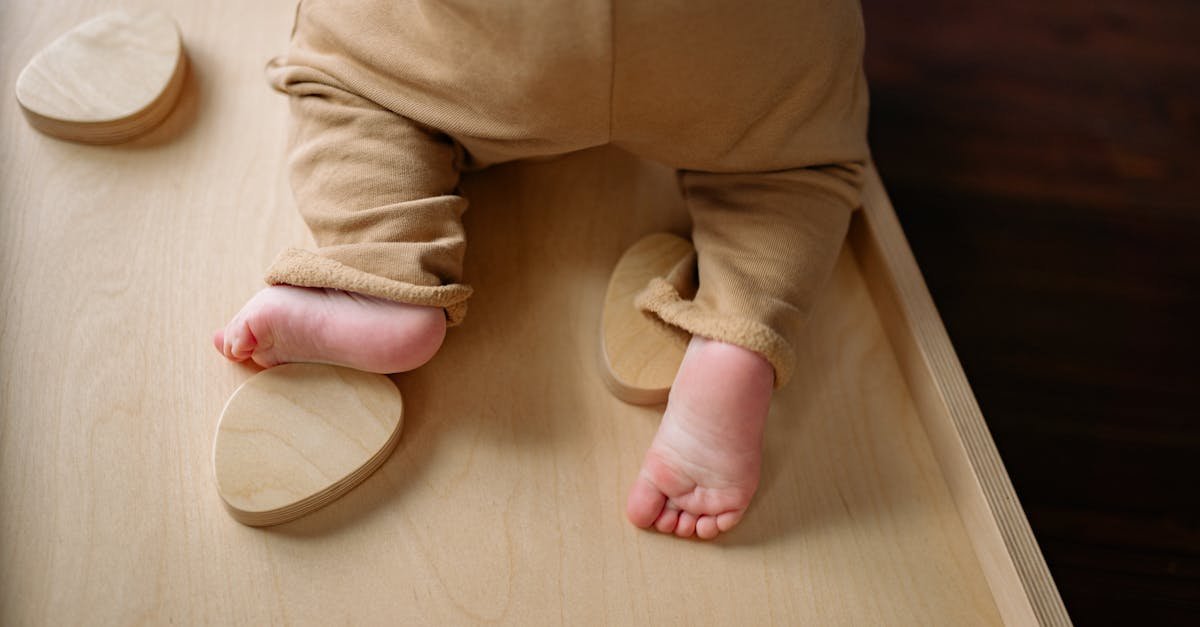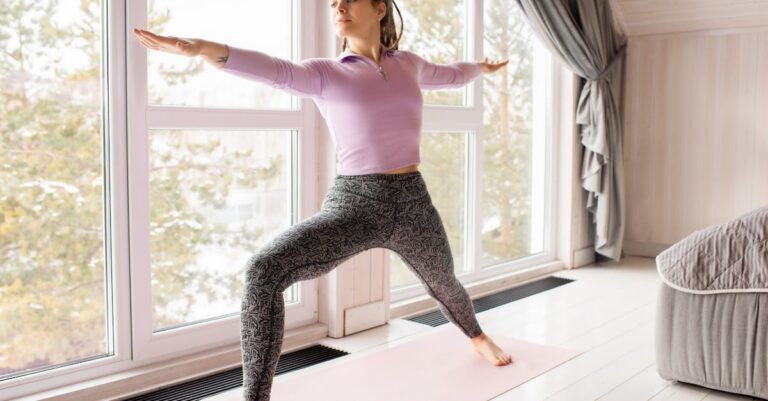Okay, let’s talk about working out at home. It’s awesome, right? No gym commute, your favorite music blasting, maybe even PJs on the bottom half (we don’t judge!). But be honest – how often do you jump right into the tough stuff? It’s super tempting to skip the warm-up, especially when you’re short on time. The problem is, going from zero to sixty like that is asking for trouble, like pulling a muscle or twisting something. Ouch! Stick with me, and you’ll learn a simple, effective warm-up sequence that gets your body ready, makes your workout feel better, and helps keep you off the injury bench. Think safer workouts and maybe even smashing those fitness goals faster!
Why Bother Warming Up Anyway?
Think about it like this: your muscles are kinda like rubber bands. If you try to stretch a cold, stiff rubber band really far, really fast… *snap!* But if you warm it up in your hands first, it gets much stretchier and less likely to break. Warming up does something similar for your body. It gets your blood flowing, delivering oxygen to your muscles and making them more pliable and ready for action. It also gently increases your heart rate and body temperature. Plus, it’s like a little heads-up for your brain, telling it, “Hey, we’re about to move!” This helps improve your coordination and focus during the actual workout. Skipping it is like trying to drive your car full-speed the second you turn the key on a freezing morning – not the best idea!
Start Slow: Getting the Blood Pumping
You don’t need to go crazy right away. The first step is just some gentle movement to ease your body into things. We’re talking light cardio to wake everything up. This isn’t the main event; it’s just the opening act! Think about just rolling out of bed – you wouldn’t immediately sprint across the room, right? You’d stretch and move slowly first. Same idea here.
Try things like:
- Marching in place, maybe lifting your knees a bit higher as you feel warmer.
- Gentle jumping jacks (no need to go super fast or high).
- Arm circles, forwards and backwards, starting small and getting bigger.
- Shallow squats or just bending your knees slightly.
Just aim for 2-3 minutes of this easy movement. You should feel a little warmer, maybe breathing slightly faster, but definitely not tired.
Dynamic Stretching: Moving While You Stretch
Okay, now that the blood’s moving, it’s time for dynamic stretches. This is different from the old-school “reach and hold” stretching (that’s called static stretching, and it’s usually better for *after* your workout). Dynamic stretching means you’re moving your body *through* stretches. This helps improve your range of motion and gets the specific joints and muscles you’ll be using ready to work.
(Imagine this made-up scenario: Picture a basketball player before a game. They’re not just holding a hamstring stretch for 30 seconds. They’re doing leg swings, walking lunges, torso twists – moving constantly to prepare for the game’s demands.)
Good examples include:
- Leg Swings: Hold onto a wall or chair and gently swing one leg forward and backward, then side to side. Keep it controlled!
- Torso Twists: Stand with feet shoulder-width apart, arms out or bent, and gently twist your upper body side to side.
- Walking Lunges: Take a step forward and lower into a lunge, then push off and step into the next lunge. Keep it shallow at first.
- Cat-Cow Stretch: On your hands and knees, arch your back up like a cat, then drop your belly down towards the floor.
Spend about 3-5 minutes on these, focusing on smooth, controlled movements.
Waking Up Specific Muscles
This part is about giving a little extra attention to the main muscle groups you plan to work on that day. It’s like prepping your main ingredients right before you start cooking the main dish. If you know you’re going to be doing a lot of squats and lunges, you’ll want to activate those leg and glute muscles a bit more. If it’s an upper-body day focusing on push-ups or rows, wake up your chest, back, and shoulders.
Some ideas:
- For Lower Body Day: A few slow, controlled bodyweight squats or glute bridges (lying on your back, lift your hips off the floor).
- For Upper Body Day: Some light wall push-ups or arm circles focusing on shoulder blade movement.
- For Full Body Day: Maybe some bird-dogs (on hands and knees, extend opposite arm and leg) to engage your core and back.
Just 1-2 minutes here, doing a small number of reps (like 5-10) of exercises related to your main workout, focusing on good form.
Putting It All Together: Your 5-10 Minute Sequence
So, let’s make this super simple. Your ultimate warm-up doesn’t need to be complicated or take forever. Just follow these steps:
- Light Cardio (2-3 minutes): Marching, gentle jacks, arm circles. Just get moving.
- Dynamic Stretching (3-5 minutes): Leg swings, torso twists, walking lunges, cat-cow. Move through the stretches.
- Specific Activation (1-2 minutes): A few reps targeting the muscles you’ll use most in your workout (bodyweight squats, wall push-ups, etc.).
That’s it! Somewhere between 5 and 10 minutes total. The key is consistency. Make this short sequence a non-negotiable part of every home workout routine. Think of it as the essential first step, like putting on your shoes before you go for a run.
Listen to Your Body: The Most Important Rule
Okay, this is super important. While the sequence above is a great template, you are the expert on your own body. Some days you might feel tighter and need a little longer on the dynamic stretches. Other days you might feel raring to go and a shorter warm-up feels fine. If something pinches or hurts *during* the warm-up, stop doing that specific movement or try a gentler version. Don’t push through sharp pain!
(Think of it like checking the weather before you get dressed. Some days require a raincoat, others sunglasses. Listen to your body’s ‘weather report’ each day and adjust your warm-up accordingly.)
The goal is to prepare your body, not to start the workout feeling strained. Warming up smart means paying attention to those signals.
So, there you have it! Skipping your warm-up at home might save you five minutes, but it could cost you weeks if you get injured. Taking just that little bit of time to get your blood flowing with light cardio, loosen up with dynamic stretches, and wake up those specific muscles makes a huge difference. It helps you move better, feel better during your workout, and seriously reduces your risk of getting hurt. Having a go-to sequence like this makes sticking to safe habits way easier. Make warming up a habit, and your body will definitely thank you for it, letting you enjoy those home workouts safely for the long run!










